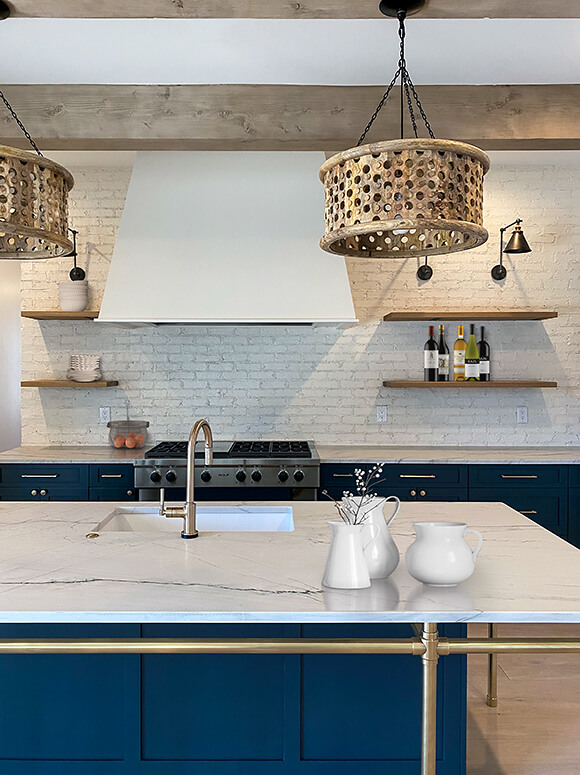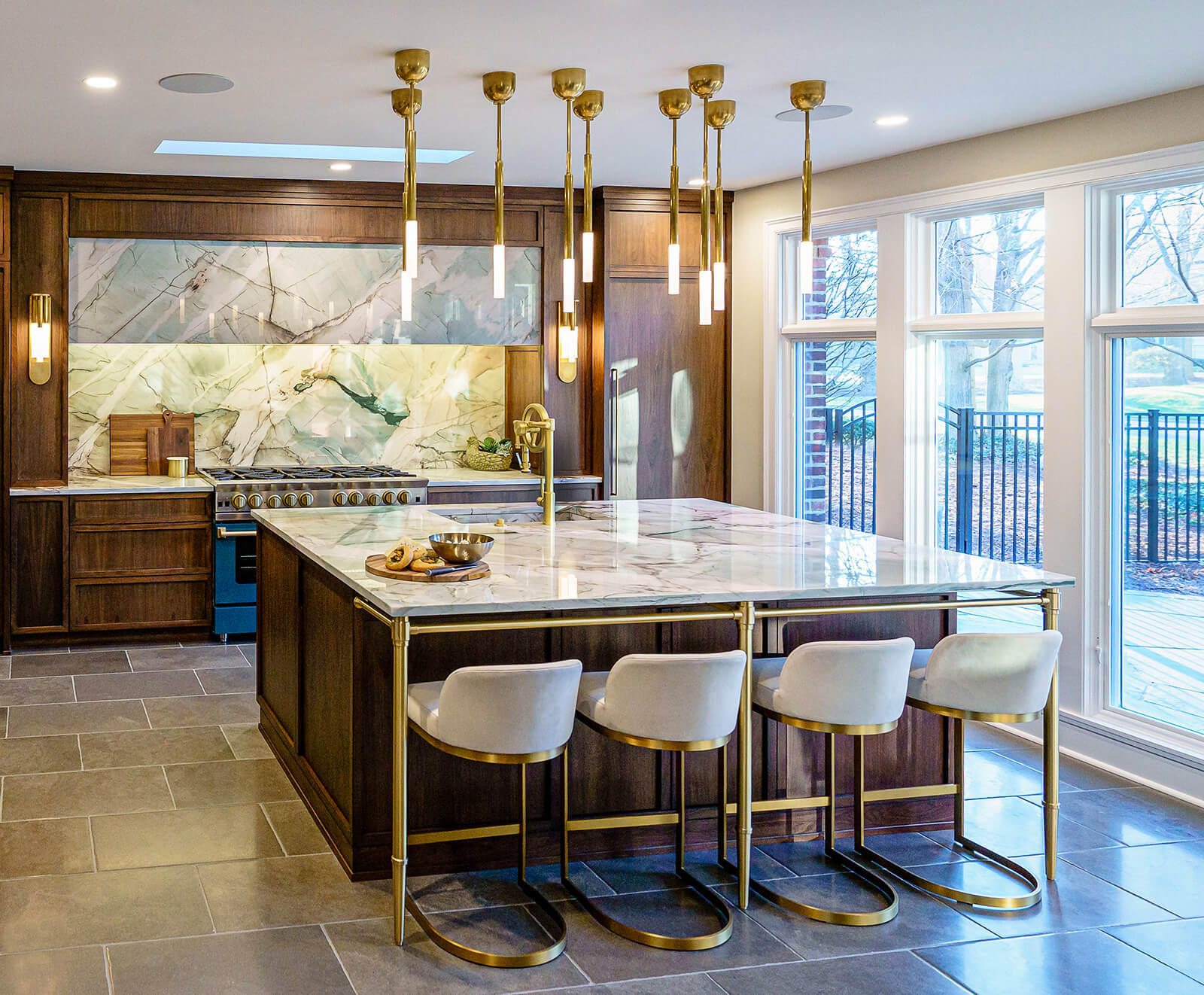Accomplish the Perfect Equilibrium of Kind and Feature with Legs For Kitchen Island
A Guide to Choosing the Perfect Legs For Kitchen Area Island for Your Home
Selecting the perfect legs for your kitchen area island is a nuanced decision that influences both the functionality and visual allure of this central area. Factors such as height, products, and style play a critical duty in integrating your island with the total kitchen layout. Additionally, comprehending the significance of security and upkeep can significantly influence your choice. As you take into consideration these aspects, it becomes noticeable that the best legs can transform not only the appearance of your kitchen but also its usability for several years to come. What details attributes should you prioritize in this selection process?

Understanding Cooking Area Island Legs
When choosing legs for a cooking area island, it's vital to understand their useful and aesthetic functions in the overall design. The legs work as an essential support group, guaranteeing stability and resilience for the island, which frequently works as a work area, dining location, or gathering area. The selection of product and construction method must be robust sufficient to hold up against daily usage and possible wear.
In addition to their architectural responsibilities, legs add significantly to the island's visual charm. They can boost the kitchen's style, whether with typical, contemporary, or eclectic layouts. The height and proportion of the legs are likewise important factors to consider; they must harmonize with the island's countertop elevation while ensuring comfortable seating for those making use of the area.
Additionally, the leg style can affect the general flow of the kitchen. Open, airy leg styles can create a feeling of agility, while strong, considerable legs may convey a more grounded and secure visual - Legs For Kitchen Island. Recognizing these useful and visual elements will direct homeowners in making notified selections that match their kitchen area's layout and improve its usability
Popular Styles and Products
The choice of legs for a kitchen area island encompasses a variety of popular styles and products, each offering special attributes that can improve both functionality and aesthetic appeals. Among the most desired styles are modern, rustic, and standard. Contemporary legs typically feature streamlined, minimalist layouts that highlight simplicity and tidy lines, making them optimal for modern-day kitchen areas. Rustic styles, on the other hand, embrace natural environments and usually display reclaimed timber or distressed coatings, adding heat and charm to the area. Traditional legs commonly display luxuriant details and workmanship, enhancing traditional kitchen styles.

Elevation and Security Considerations

The legs of the kitchen island need to offer ample support, making certain that the structure can stand up to daily usage without tottering or changing. Product selection plays a substantial role in stability; metal legs, for circumstances, tend to provide better strength compared to timber.
Matching Your Kitchen Aesthetic
Selecting the right legs for your kitchen area island goes past capability; it additionally plays a significant function in the total aesthetic of the space (Legs For Kitchen Island). When selecting legs, take into consideration the design style of your kitchen area.
Legs that enhance or contrast with your island's surface area and bordering cabinetry can create visual harmony or striking focal points. Furthermore, think about the finish of the legs; matte, glossy, or textured finishes can significantly impact the total feeling of the kitchen area.
Installment and Upkeep Tips
Installing cooking area island legs requires cautious attention to detail to ensure both stability and visual allure. Make use of a stud finder to locate wall surface studs if you are affixing the legs to a wall or utilizing braces for added support.
When safeguarding the legs, use high-grade screws and, if required, timber adhesive for extra toughness. For metal legs, make certain that you are using suitable supports and devices to protect against damages to your floor covering. It is advisable to look for levelness after installment, making changes as needed to avoid wobbling.
Tidy the legs with an appropriate cleaner, staying clear of rough materials that may scratch the surface area. By adhering to these setup and maintenance suggestions, you can guarantee that your kitchen island legs continue to be both useful and aesthetically attractive.
Final Thought
Finally, selecting the ideal legs for a cooking area island requires careful consideration of height, security, and aesthetic compatibility. By choosing appropriate materials and designs that line up with the useful link overall kitchen layout, capability can be boosted while maintaining visual appeal. Appropriate installation and recurring maintenance better add to the resilience and long life of the kitchen area island. Ultimately, thoughtful leg option plays a crucial duty in elevating both see this the usefulness and design of the cooking area area.
When selecting legs for a kitchen area island, it's important to recognize their aesthetic and practical duties in the overall style. Open, ventilated leg styles can produce a sense of agility, while solid, considerable legs might convey a much more grounded and secure aesthetic. The legs of the cooking area island need to give adequate support, ensuring that the structure can withstand day-to-day use without tottering or shifting.Installing cooking area island legs requires careful interest to information to ensure both stability and aesthetic appeal.In conclusion, picking the appropriate legs for a cooking area island demands cautious factor to consider of elevation, security, and aesthetic you can find out more compatibility.